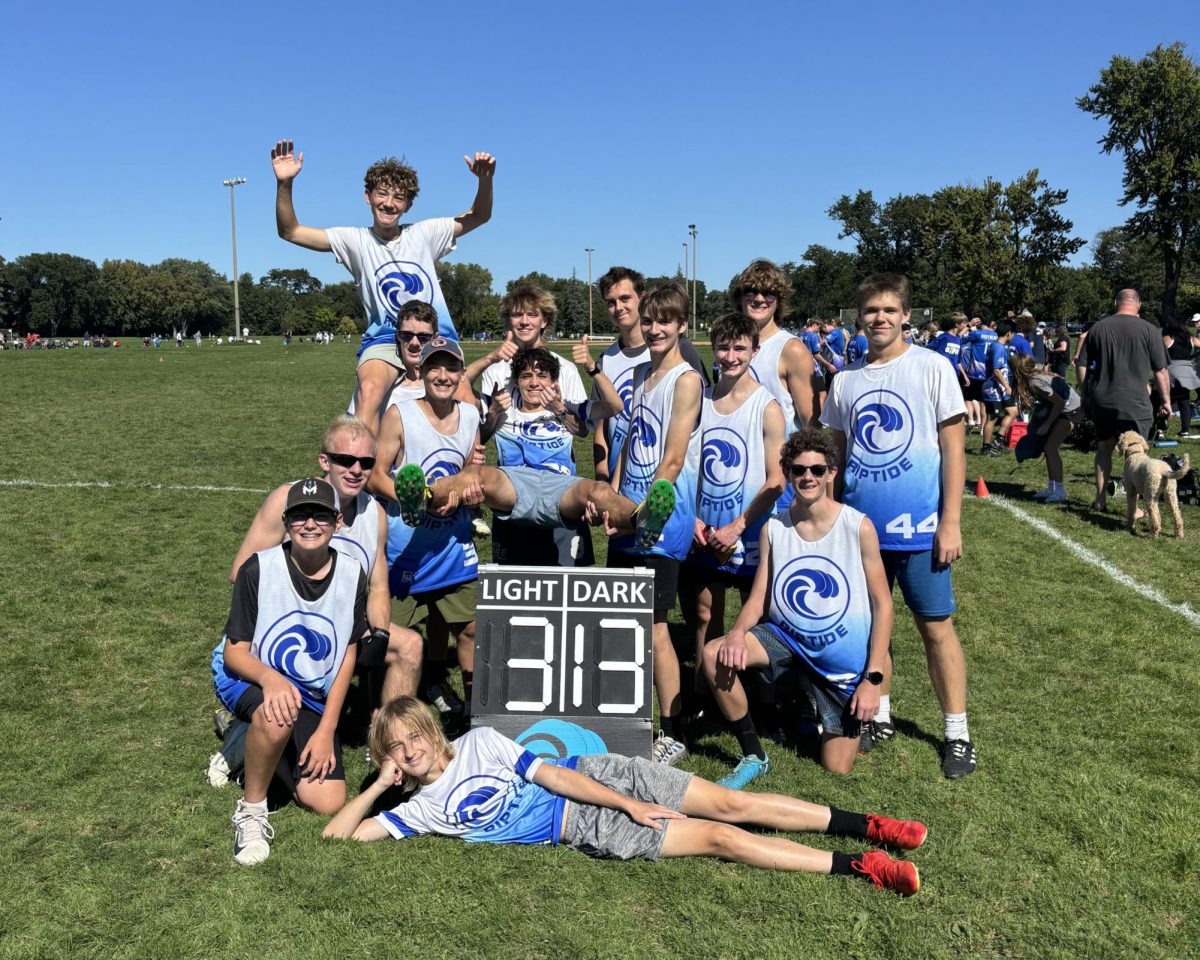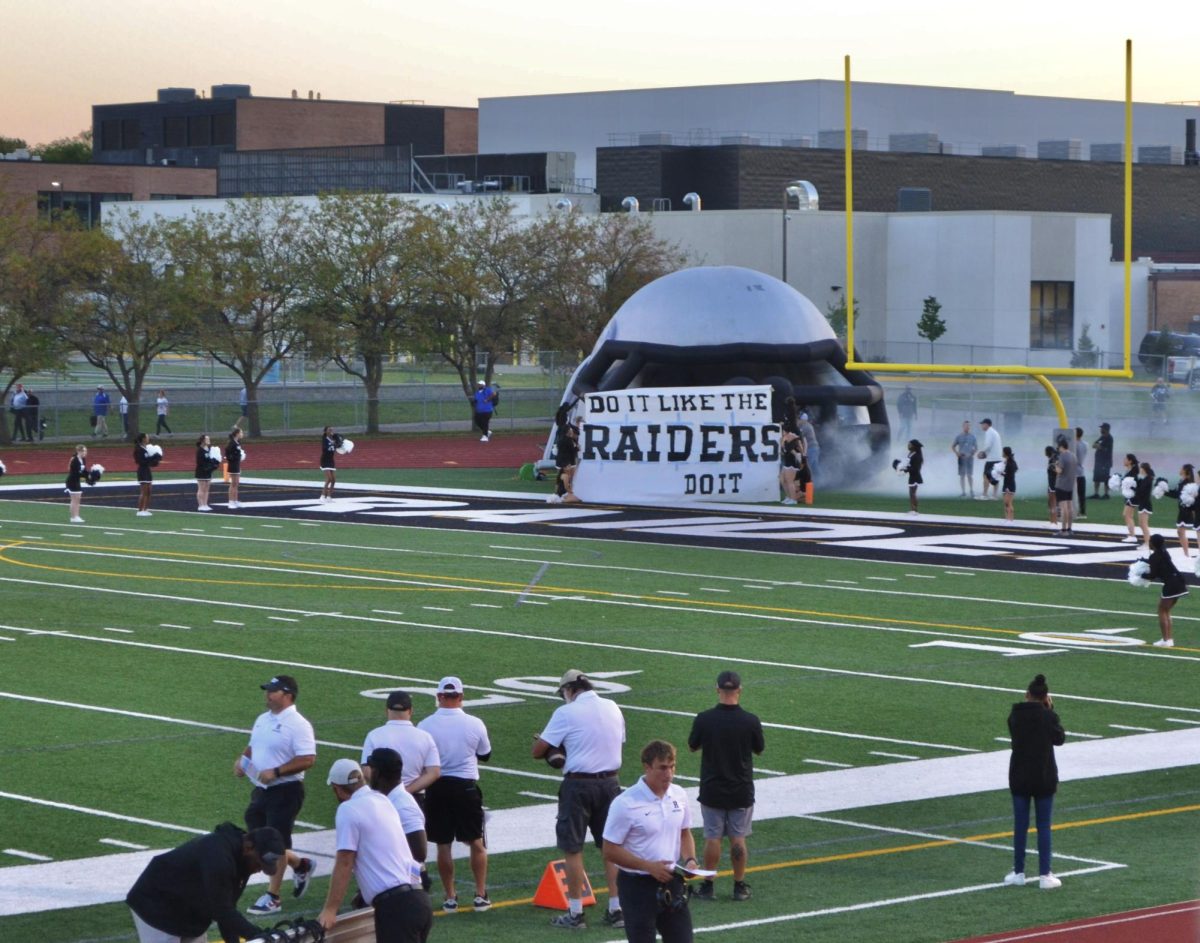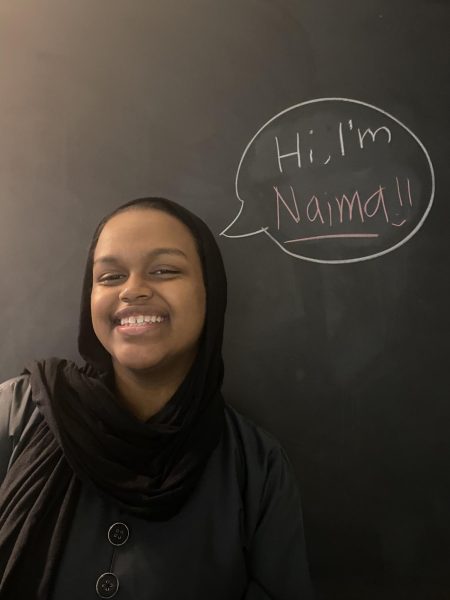A superhero sculpting competition kicked off in teacher Mark Tinsley’s fifth hour “Sculpture and Metalwork” class, where students answered the central question: where have you seen, read or known of superheroes that look like, or have the same qualities as you?
Tinsley noted that students had troubles comparing themselves to super heroes. He remarked, “…Within [the central question] there are sub-identifiers like gender or sexual orientation or any description you can think of. For a lot of kids they could only name one or two [superheroes in response to the central question] There aren’t a lot of superheroes with physical challenges. So what we wanted to do was to first give them ideas of ‘what qualities I want to see in a superhero’.”
Students, after brainstorming an idea and developing a backstory, then started to draw and sketch their ideas. Following sketches, Tinsley then taught his classes how to make wired armatures which he describes as “little skeletons”.
Tinsley’s class also learned about action poses, anatomy when it comes to these action poses, color schemes and many other topics regarding these sculptures. Then the student covered their wireframes in polymer clay and wrapped them in aluminum foil or plastic. When students finished their sculpted superheroes, they attached a QR code linking their superhero’s backstory and allowed for others to read through it and vote for their favorites.
Tinsley remarked that the origin of this competition came from student reactions after seeing Black Panther. He said, “I noticed the effect that Black Panther had on our BIPOC students because for the first time, they were shown as something other than any number of derogatory stereotypes and images and kids were walking around saying ‘Wakanda Forever’, and this is when I thought we need to capitalize on this, like how do we replicate this?”
A new aspect of this year’s competition is adding onomatopoeia to their superheroes. Words like ‘POW’, ‘BANG’, ‘BAM’, ‘WOW’, were encouraged for students to use to illustrate the action that was being displayed.
The purpose for this competition is not to promote violence, or ‘smash or kill’ the villain. As Tinsley said, it’s, “more about facing your own challenges, which is why I had students add flaws to their superhero. That’s the real challenge, finding yourself.”
A student example of this is freshman Jack Kaw, whose superhero’s name is Manuel Pacquia Jr. Jack writes, “He was born with a lot of riches because of his father. But they ended up getting bankrupt so he then had to follow his father’s steps and start his boxing career. He had an incredible amateur boxing record of 236 wins and three losses also winning two Olympic gold medals. He then started his pro career and currently he is a five division champ being undisputed champ multiple times. He currently has a record of 43 wins 37 wins by knockout and zero losses”
Tinsley found the unit inspired his students. He remembers during this whole process was when there were students on a Friday, that were saying they didn’t want to go home and wait until Monday but instead wanted to work and finish their project. Tinsley expresses gratitude for moments like these.
Another Student example of a superhero is from freshman Paw Ku Ku, whose superhero is Serpenttra, and writes in her description, “She can do everything a snake can, plus turns parts of her body into a snake. Her only weakness is that she loves eating mice too much. Her mission is to protect those who can’t protect themselves.”
Voting for this competition ends November 27th, and superheroes are shown in a glass display in the D wing hall right next to Tinsley’s room. The winner is determined by the student who can get the most votes by having those scan their QR code attached to their superhero and voting for their superhero via Google Forms. The winner will receive a 50 dollar Target gift card.




























